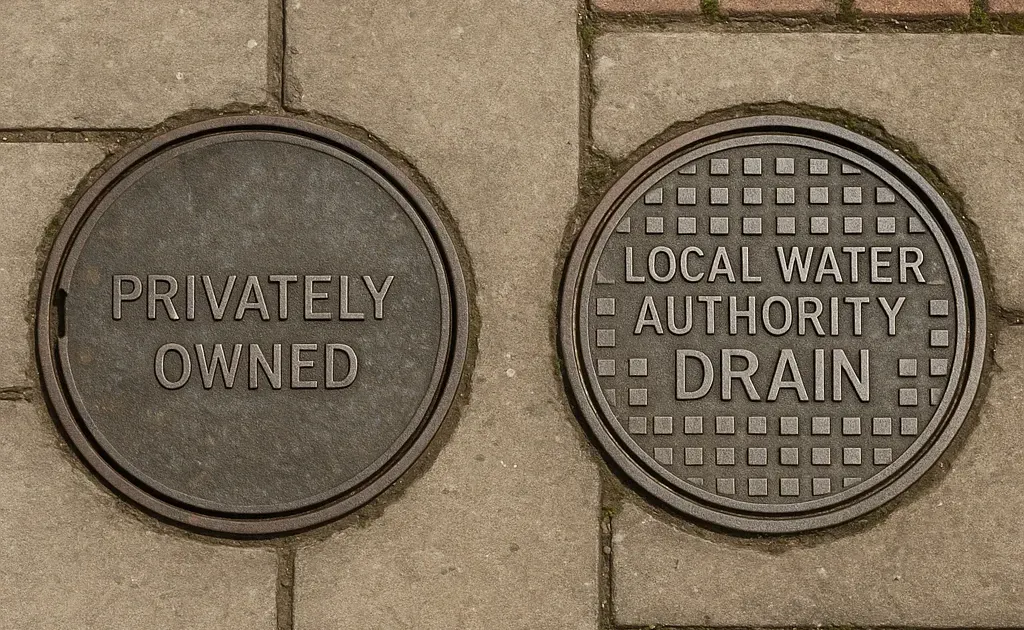Maximising Your Home's Potential: A Beginner's Guide to Understanding Planning Permissions for House Extensions
Planning Permission is a much-bemoaned part of British planning and development law, but not all extensions require the homeowner to obtain it.
Permitted Development Rights (PDRs) are rights enabling homeowners to make certain changes to their homes without Planning Permission. PDRs have become increasingly relaxed and major extensions are now possible, including two-storey extensions.
Not too long ago, PDRs were extended further with a “Prior Approval” scheme which allows homeowners to perform large extensions by contacting the Local Planning Authority and consulting their neighbours.
So, how much can you extend a house without Planning Permission?
Overview of Permitted Development Rights (PDRs)
PDRs cover numerous home improvement projects ranging from loft conversions and house extensions to building garden outbuildings. Planning authorities would be overrun with applications if PDRs weren’t in place - they provide a legal pathway to changing a house without Planning Permission.
PDRs apply to England and Wales. Scotland has their own rules,
available here, which are similar to PDRs.
There are a few jargon terms in PDRs, but they’re mostly straightforward to understand. Firstly, it’s essential to note that PDRs only apply to the “Original Dwellinghouse”, which is the home as it was first built or as it stood on the 1st July 1948.
So, if the home has already been extended as an original dwellinghouse, PDRs won’t apply. In other words, you can’t extend an already-extended home beyond the limits specified by PDRs. So, essentially, once you use all your PDRs up, you can’t reuse them.
Qualifying for PDRs
To qualify for PDRs, homes must meet the following criteria:
- The property cannot be a flat or a building containing flats.
- No extra storey was previously added to the home.
- Home mustn't have changed Use Class. So, for example, if a home was converted from an old shop or warehouse, then PDRs won’t apply.
- The home mustn’t have been built under PDRs. For example, it’s sometimes possible to expand existing buildings to add new homes. These homes wouldn’t have access to PDRs.
There are limits for buildings built on Article 2(3) designated land, which includes:
- Conservation areas.
- National Parks.
- Areas of Outstanding Natural Beauty (AONBs).
- Norfolk and Suffolk Broads.
- World Heritage Sites.
In the above areas, side extensions are not permitted, nor are extensions at the rear of more than one storey. In addition, the exterior cannot be clad. Sites of specific scientific interest (SSSIs) also limit PDRs, by preventing homeowners from building rear extensions to the maximum 8m available with Prior Approval.
Article 4 directions
Moreover, Local Planning Authorities have the right to remove PDRs, which is typical in historic areas or local conservation sites. These are called Article 4 Directions.
Your local council’s website may release a map of areas of relevant local Article 4 directions in your area, and if you fall under one, you’ll need to contact the Local Planning Authority for advice on what you can and can’t do. Here are examples of Direction 4s in
Richmond and
Epsom council areas. There is significant local interpretation in PDRs, and they vary widely from council to council.
Listed buildings
If your home is Listed, PDRs still apply, but are still subject to obtaining Listed Building Consent. Failure to do so is a criminal offence.
If your home meets all of the relevant criteria above, then you can extend your home to the following limits:
For
all extensions:
- Only half the total area of land around the "original house" can be covered by extensions or outbuildings.
- The extension can’t be built higher than the original roof, higher than the existing eaves, or over 3m high within 2m of a boundary.
- Extensions cannot be built forward of the ‘principal elevation’.
- Can’t alter the roof, or add the following:
- Verandas and balconies
- TV aerial or satellite dish
- Chimney and flue, or soil and vent pipe.
For side extensions:
- Can only extend half of the width of the original house.
- Can’t exceed a height of 4m.
- Single-storey only.
For single-storey extensions:
- Can’t extend beyond the rear wall by more than 4m for a detached house or 3m for any other house.
- Can’t exceed a height of 4m.
For more than one storey:
- Mustn't extend beyond the rear wall by more than 3m and cannot be within 7m of a boundary.
- Upper floor windows on side elevation must be obscure-glazed and non-opening unless more than 1.7m from the floor.
- The roof pitch must try to match the original roof.
Through the Prior Approval
neighbour consultation scheme (which isn’t Planning Permission), it’s possible to further extend by:
- Over 3m and up to 6m for all other houses.
- Over 4m and up to 8m for detached houses.
- This doesn’t apply to properties in SSSIs or Article 2(3) land as above.
Prior Approval involves informing the Planning Authority of your plans first. This isn’t Planning Permission, but it’s still a good idea to produce accurate
architectural drawings and engineer’s calculations for the best chance of success.
Lawful Development Certificates (LDCs)
Lawful Development Certificates enable homeowners to obtain certification that their extension complies with PDRs.
LDCs provide peace of mind that an extension can go ahead without Planning Permission and are highly recommended. In addition, some contractors require the homeowners to obtain LDCs before carrying out work.
Summary: How much can I extend my house without Planning Permission?
Permitted Development Rights give homeowners the power to change and develop their homes without Planning Permission.
The key facts are:
- Extensions can be one-storey or two storeys at the side or back of the house.
- Extensions can’t exceed the height of the original roof or less if they’re close (2m) to a boundary.
- The rear of a home can be extended by 4m for a detached house or 3m otherwise.
- This can be extended to 8m for a detached house and 6m otherwise.
- Extensions or other buildings can’t cover over half the land.
- There are limits for homes in various conservation areas.
Permitted Development is extremely useful for homeowners, but can be tricky to navigate.
Fast Plans will help you work out how you can extend your home under PDRs, without Planning Permission. We will even
manage the planning application for you and provide you with the professional drawings required to extend under the Neighbour Consultation Scheme.
Our expert advice will enable you to plan and build the extension you’ve always dreamed of!
Ready to get started?
Fixed-price packages with everything included. Call 0208 154 5569 now or request a callback below.
Related posts


